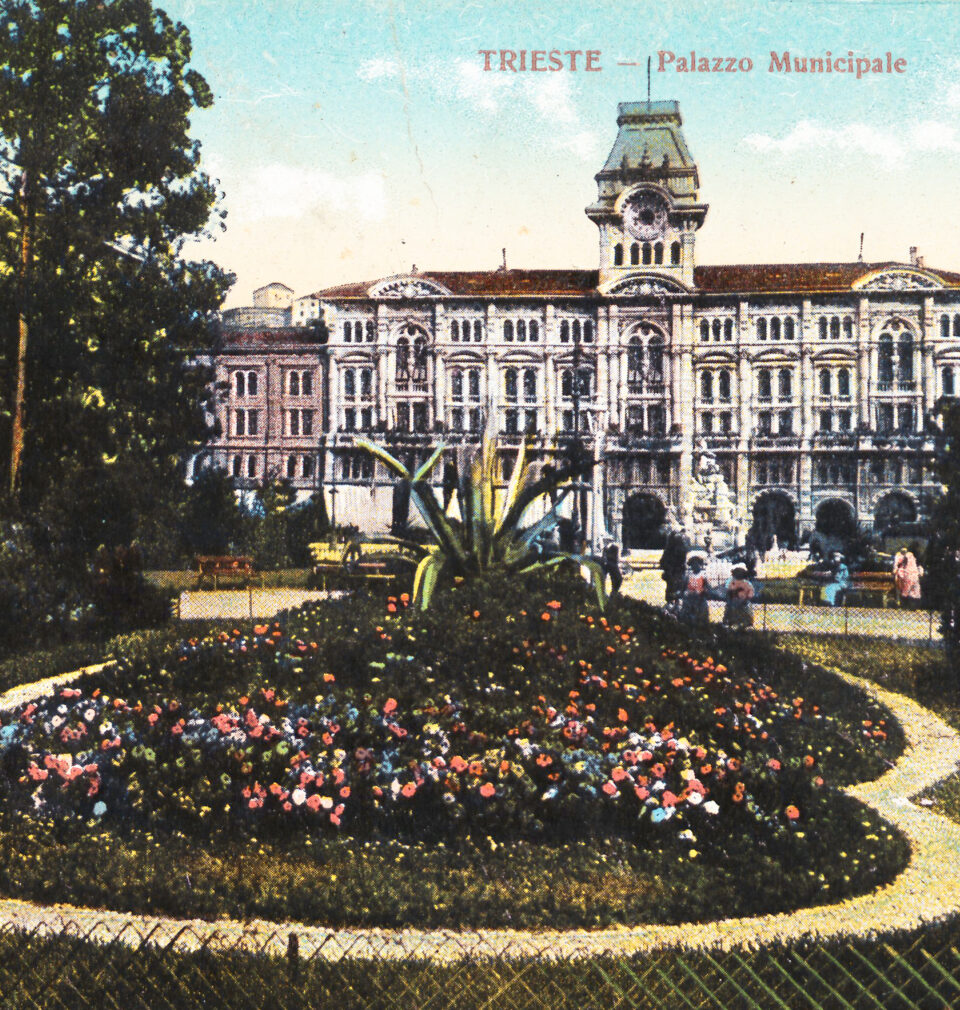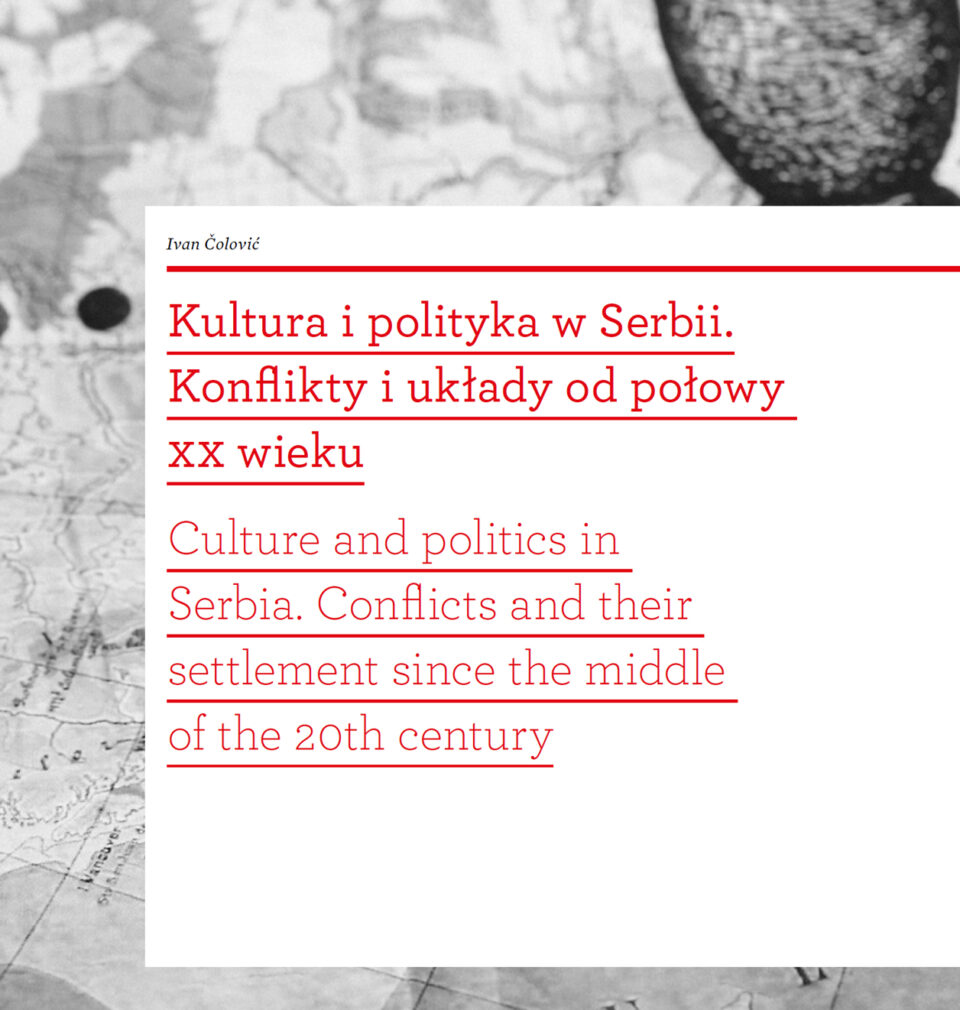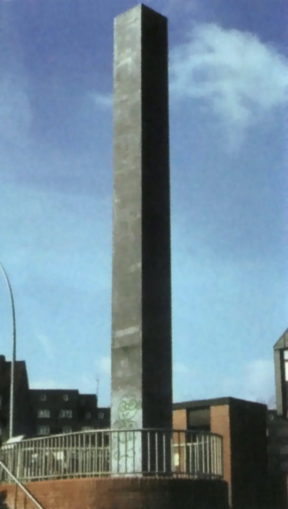
Culture and Politics
Tara the Terrible
Publication: 11 October 2021
TAGS FOR THE ARTICLE
TO THE LIST OF ARTICLESWho is Tara (von Neudorf)? An artist, born in 1975, provoker, a scornful ironist, who has already achieved the reputation of being the enfant terrible of contemporary Romanian art – with the emphasis on terrible.
Tara is a real name, not a pseudonym. It is short, perfect for an artist, and without diacritics. With diacritics it would be the Romanian word țară – “country” or even țara – “this country”. Formerly the sound “ț” was sometimes transcribed as “tz”. Not țară but tzara. This gives us another clue – a Dadaist one. We see Tristan Tzara, properly Samuel Rosenstock, proclaiming a new movement in art called Dada, in the Zurich Cabaret Voltaire. (There were many young Romanians amongst the founders, some even speak about the “Romanian pregnancy of Dadaism”. Romanians are supposed to have a proclivity for irony gravitating towards the absurd). Rosenstock was born in a small Moldavian town. He became Tristan Tzara in Bucharest. In the name Tristan, some perceived an echo of Wagner’s dramas, while others explained that Tristan Tzara meant trist în țară – “a sad country”.
Today’s Tara doodles on maps.
Sounds familiar, doesn’t it? A pencil touches the map somewhere near Szczecin and draws a line towards a southern sea. There it once again encounters a city – Trieste. On which side should the city be passed?
Claudio Magris, a writer from Trieste, was ten years old when his city was surrounded with a line on the map. He was later to write: “The impossibility of crossing it seemed a grotesque situation to me – it was as if someone left home and was unable to cross the street.”
Tara was born on the wrong side of the line thirty years after it had been drawn; in a country which had its own sun. It was using up most of the energy produced there. And finally there was not enough of it to power the sun. Everything was in short supply.
Very little remained to sell in order to patch up the budget. So they started to sell people. First the few remaining Jews were bought by Israel, and then it turned out that the Germans living in Transylvania and Banat could be turned into a source of revenue.
Tara was born in Transylvania in the period where village after village in the vicinity was emptying out. Neudorf is one of those villages: the name is difficult to find on the map but most of the locals have new, non-local addresses anyway.
A deserted country. This is where Tara should be looked for.
The transformation arrives, the sun expires. The new times are symbolised by two cities – Timişoara and Târgu Mureş. The first triggered off the transformation; real but short-lived, for in the second city, the atavistic attitudes soon prevailed. Romanians and Hungarians, who had fought hand-in-hand in Timişoara, turned on each other in Târgu Mureş. During the 1990s, nationalism surreptitiously crept into the vacuum created by the collapse of communism. Or perhaps not nationalism but an awkward search for some other identity to fill the space formerly occupied by the ideologically produced identity of the “socialist man”.
Tara was studying at the Academy of Fine Arts in Cluj during that period. When we say Cluj we are in fact talking about two cities in one. At the turn of the century, Romanian Cluj and Hungarian Kolozsvár were stuck in a minor Cold War. Supporting either side was supporting the wrong side.
Perhaps it was then that looking from a less comfortable side became Tara’s trademark.
Tara (von Neudorf) finds the materials for his work in the Transylvanian towns and villages – in schools with no pupils and churches with no congregation. He creates original totems from the wooden tablets of hymn boards which used to show the page numbers of Sunday readings or chants in the hymn book.
In the cartouches of many of these maps you can still read such titles as Peasant uprisings in the lands of our country, The Romanian chemical industry or Anti-Turkish crusades lead by John Hunyadi. The students had to believe in the world and times depicted there, so that, like all of us, they could experience the real world simply by running their finger along a map. Tara draws our world onto this old world, he creates collages. They are peopled by engraved creatures which were kept by old masters within the bounds of the margins. In Tara’s art they come out, they throw their weight about in the centre of the picture, and they have grown to such dimensions that you can finally see their crooked features. The truth about our times in caricature? Dada in the aesthetics of global Blut und Boden? (the legend of Transylvania dripping with blood, known from popular culture, adds to the attractiveness of Tara’s pictures). After all, the forces of the past – blood, earth, nation – press down on us, unwittingly. They are still far from being weightless.
Copyright © Herito 2020



